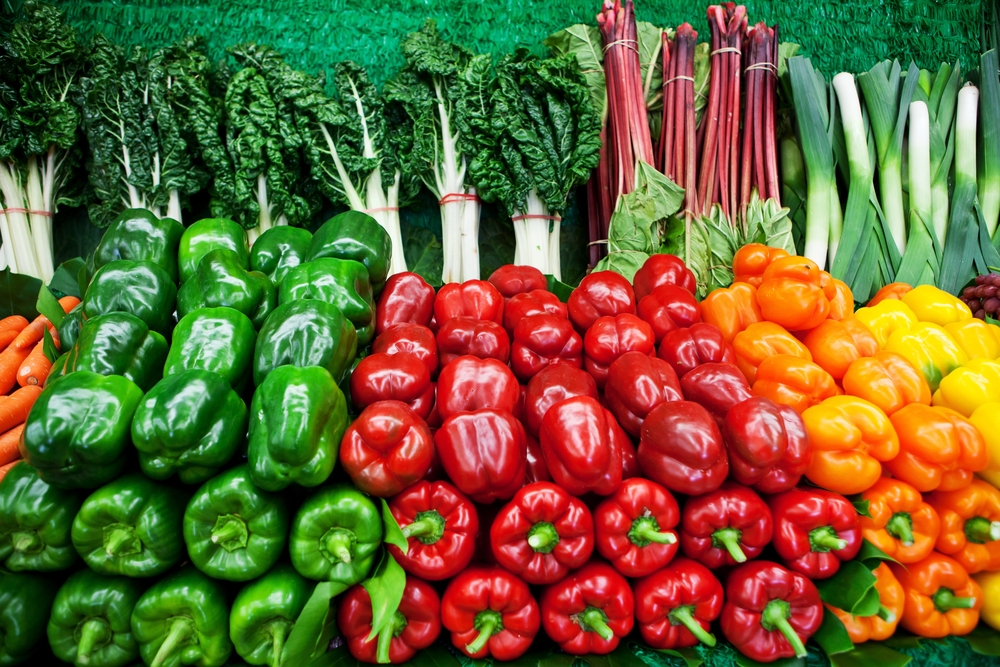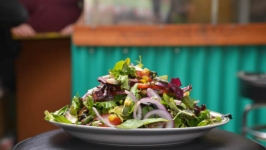Wireless Food Stamps Can Increase Access to Healthy Food
Access to fresh, affordable, healthy food is a struggle all too real for many Bronx residents, but a new study suggests that mobile markets accepting wireless food stamps could help.
According to the latest data from Hunger Free NYC more than 31 percent of Bronx residents, or one in three, lived in food-insecure households from 2013-2015. Shameful, especially when you consider that the Bronx houses the Hunts Point Produce Market, the largest supplier of produce in the world and yet so many Bronx residents live in food deserts, where supermarkets are located more than a mile away from neighborhoods. Mobile markets such as those run by NYC Green Carts have tried for years to combat food deserts by popping up in different locations on select days selling everything from apples to cabbage to even tropical fruits like papayas and also offer other things such as cooking demonstrations. Not all of these markets accept the Supplemental Nutrition Assistance Program (SNAP), commonly referred to as food stamps, but some in the Bronx do.
An NYU study published on Sept. 21, in the Journal Preventing Chronic Disease suggests that if those markets accept food stamps wirelessly they could increase the amount of fresh fruit and vegetables people purchase.
For a year researchers looked at what nearly 800 customers bought at four mobile markets in the South Bronx and found that people who were able to use the Electronic Benefits Transfer (EBT) machines bought about 5.4 more cups of fruits and vegetables than those who were paying with cash.
"Our study results underscore the importance of using modern technology to provide easy access to healthy food options," Brian Elbel, Ph.D., one of the study researchers said in a statement.
The machines, however, are expensive. Each one costs about $900 with a $35 monthly fee. Currently of the 315 Green Carts with active permits in NYC 32 are authorized by the USDA to accept EBT.
"Our research should help the city officials decide whether and how to expand EBT-enabled Green Carts, especially in neighborhoods with few stores selling fresh produce," Andrew Breck, MPA, another one of the study researchers, said in a statement.








